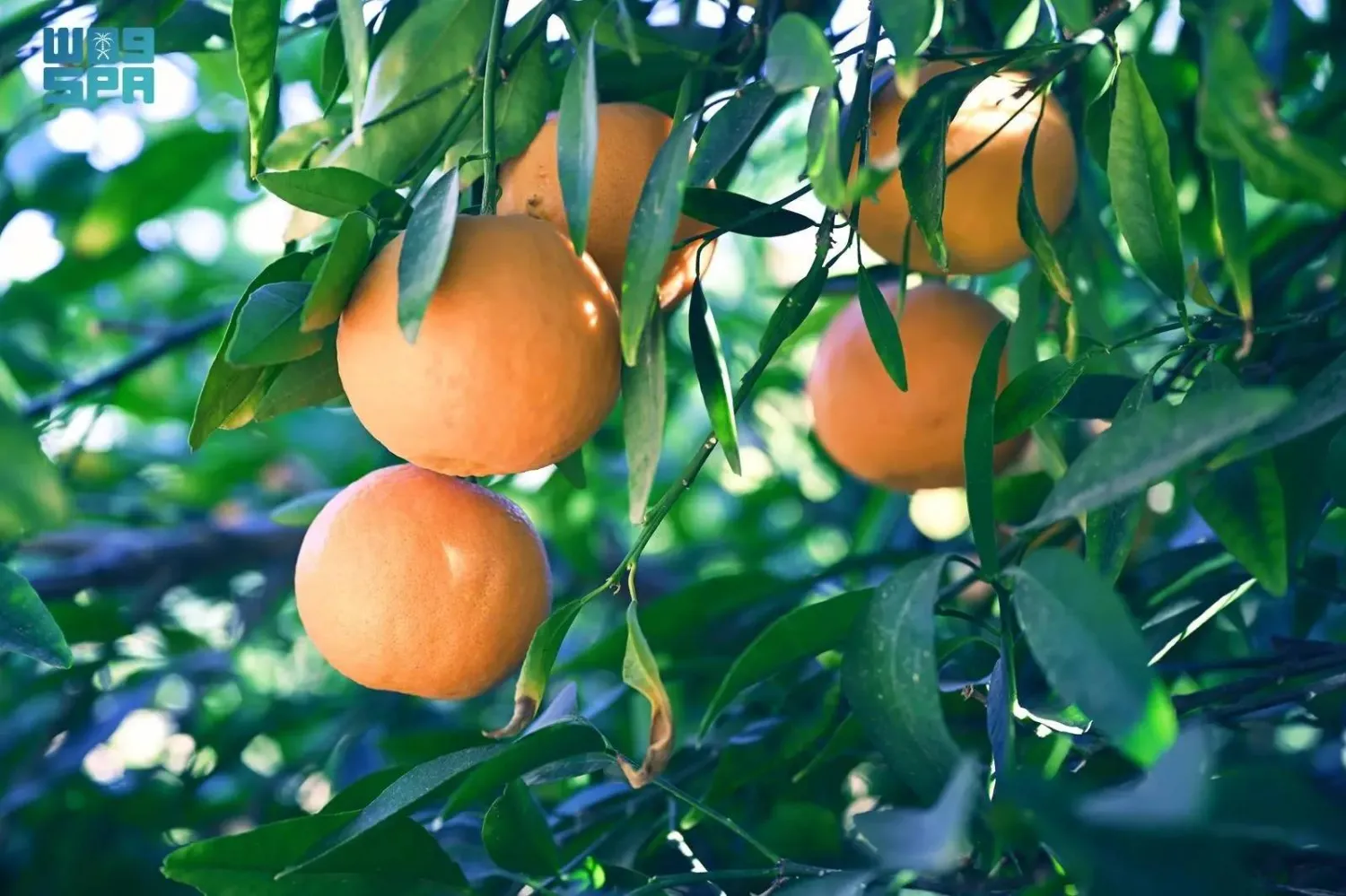The proposed site in the Saudi capital for hosting the Riyadh Expo 2030 has been divided into four zones based on the exhibition’s three sub-themes, sources familiar with the bid to host the exhibition told Asharq Al-Awsat.
The sub-themes are “Prosperity for All,” “Climate Action,” and “A Different Tomorrow.” The fourth zone, however, is linked to the Kingdom’s main development plan, Vision 2030.
Each of these zones features a main pavilion covering a total area of approximately 3.4 square kilometers.
Participating countries will also have the option to construct their own pavilions or rent pre-existing structures.
In an ambitious effort to accommodate all nations at the Expo, Riyadh’s bid targets participation from 196 countries, in addition to Saudi Arabia and 29 international organizations.
This goal, while ambitious, appears achievable, considering factors such as Dubai’s hosting of Expo 2020, which welcomed 192 countries.
The organizing committee for Riyadh Expo 2030 has identified 100 qualified countries to receive dedicated facilities within a set of packages, which will be announced by the first quarter of 2030.
These packages aim to support the participation of nations lacking the necessary financial resources to cover all expenses related to their involvement in the exhibition, with selection criteria based on factors such as multilateral agreements, urban populations, and tourism appeal.
Riyadh Expo 2030 aims to empower developing nations to take the lead, offering a platform for them to showcase more compelling cultural content.
Additionally, it will provide an ideal stage for companies, sectors, and governments to promote themselves, attracting business, investment, and visitors.
Furthermore, the exhibition will allocate spaces for each region within the Expo to host their programs of events, informing participating countries and visitors about scientific, cultural, commercial, and investment opportunities.
Riyadh’s chances of winning the bid to host the Expo are on the rise, with the addition of new countries to the list of supporters.
This includes several African nations and Iran, as confirmed by Iran’s Foreign Minister, Hossein Amir-Abdollahian, following his visit to the Kingdom in mid-August.









